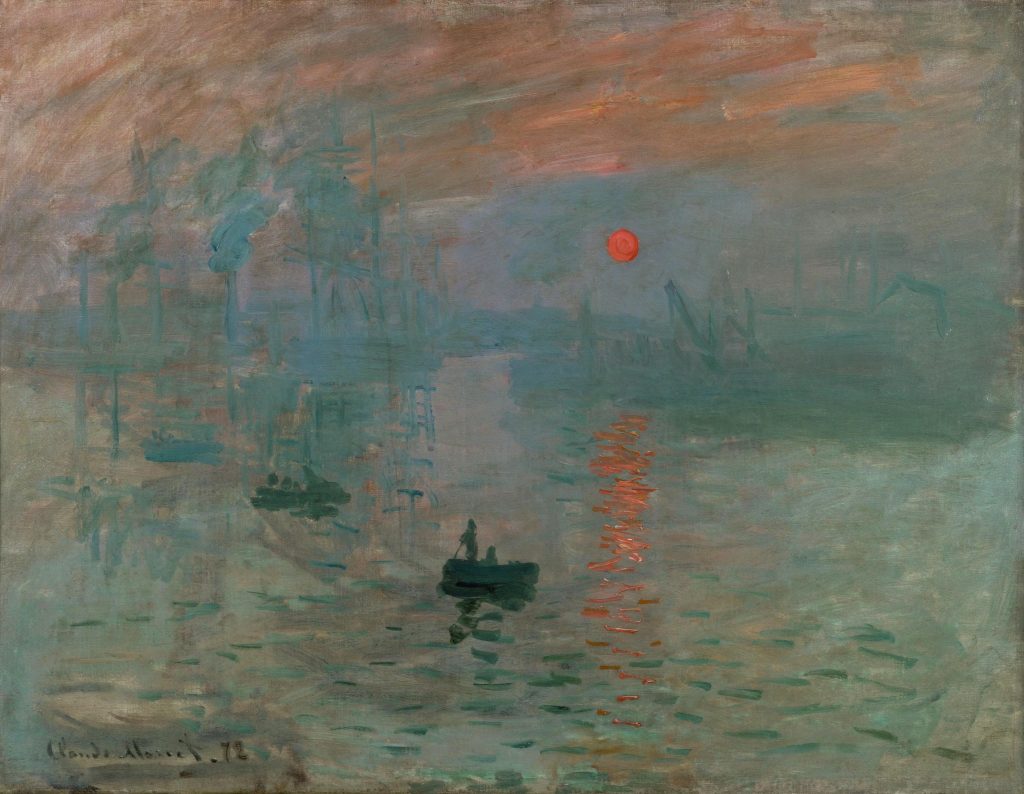Impressionism
Impressionism is a style of painting that emerged in the late 19th century in France. It is characterized by its emphasis on capturing the fleeting effects of light and color, rather than capturing a realistic representation of a subject. The movement was a significant departure from the traditional style of painting that was popular at the time, which focused on creating realistic and detailed images of the subject matter.
The major contributors to the Impressionism style of painting were a group of artists who came to be known as the Impressionists. This group included notable artists such as Claude Monet, Pierre-Auguste Renoir, Edgar Degas, Camille Pissarro, Berthe Morisot, and Gustave Caillebotte.
The Impressionists rejected the traditional approach to painting and instead sought to capture the essence of a moment in time. They were heavily influenced by the changing social and economic landscape of France at the time, as well as the technological advances that allowed for the production of portable easels and paint tubes.
One of the defining features of Impressionism is the use of broken color and loose brushwork. The artists used small brushstrokes and applied the paint in a way that allowed the colors to blend together optically rather than physically mixing the paint on the canvas. This technique gave the paintings a sense of vibrancy and movement, capturing the fleeting effects of light and color.
Another key characteristic of Impressionist painting is the emphasis on capturing outdoor scenes, particularly landscapes and everyday activities. The artists were inspired by the changing seasons, the play of light and shadow, and the movement of people and objects in their surroundings. They often worked en plein air, or outdoors, to capture the essence of their surroundings in the moment.
Claude Monet is perhaps the most well-known and influential of the Impressionist painters. He is best known for his series of paintings depicting the water lilies in his garden at Giverny, which exemplify the Impressionist style with their loose brushwork and emphasis on color and light. Pierre-Auguste Renoir is another prominent Impressionist painter, known for his portraits and depictions of everyday life. Edgar Degas is best known for his depictions of dancers and the Parisian nightlife, while Camille Pissarro and Berthe Morisot focused on landscapes and everyday scenes.
In conclusion, Impressionism was a significant departure from the traditional style of painting that was popular in the late 19th century. Its emphasis on capturing the fleeting effects of light and color, loose brushwork, and outdoor scenes had a significant impact on the art world. The major contributors to the Impressionist style, including Monet, Renoir, Degas, Pissarro, and Morisot, continue to be celebrated for their innovative approach to painting and their contributions to the art world.

